When injured we want to get rid of the discomfort and pain as soon as possible. Applying massage and contrast hydro therapy could ease the pain. For plantar fasciitis, which causes severe heel pains, there are some pain relieving massages too, but when it comes to recovery speed, this injury can be a tricky one. Before you start any treatment for your condition, please consult a doctor or physiotherapist and ask for medical assessment to determine the cause of your heel pain.
What is Plantar Fasciitis?
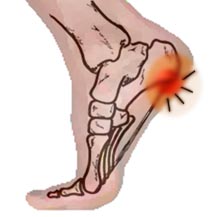
Plantar Fasciitis is a stubborn foot injury that may limit your ability to walk and run. Patients suffer from severe pains on the inside of their heel, where the plantar fascia ligament (the tough tissue that runs from the ball of your foot to the heel) is damaged. Causes for plantar fasciitis can be a high arch, tightness in the muscles in your foot , hip and/or leg, overuse and repetitive strain. There are some home remedies to reduce the pain, such as massage therapy. The at-home “heel pain remedies” that I applied to my plantar fasciitis are: foot massages with a ball and a frozen water bottle; foam roller massages of glutes, hamstrings and calves ; and contrast hydrotherapy. I also discovered very useful stretching techniques to support the recovery process of plantar fasciitis.
Foot massage with a frozen water bottle
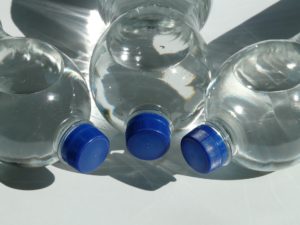
It is not too hard to self massage plantar fasciitis, as long as you do it gently. You can use a frozen water bottle to do so, and it will ease the pain in your heel and arch. Be careful though! When your plantar fasciitis is extremely painful, you may make the pain worse by massages. Only when the acute pain has settled down a bit, you can start with gentle massages.
To perform the ice bottle massage for plantar fasciitis: take a plastic water bottle, fill it about three quarters full and put it in your freezer until all water is frozen. Sit in a chair and lay the ice bottle flat on the floor, place your foot on top of the bottle, in such way that the bottle lays under the foot arch. Slowly roll your painful foot (forward and back) over the water bottle. Gently press into the bottle to massage your painful plantar fascia. You can do an ice bottle massage for 10-15 minutes several times a day. Store the water bottle in the freezer after each use. A frozen water bottle massage helps to stretch and lengthen the plantar fascia ligament, and to relieve tension and pain. The cooling helps to reduce the inflammation in the bottom of the foot. The actual healing and recovery process will not necessarily speed up by massaging though.
Foot massage with a ball
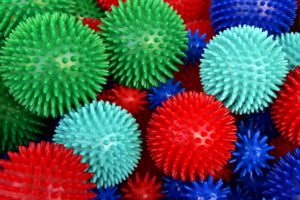
Another way to self massage plantar fasciitis heel pain is with a solid ball.
A massage ball with a diameter of 63mm would be a good one. Place the ball under the arch of your foot. The heavier the ball the more likely it is to stay where you put it. Gently roll it backwards and forwards while applying a downward pressure. Do not press too hard. Firm is OK, but it should never be painful. Repeat this massage twice per day for a few minutes. If you massage your foot after waking up it can reduce the pain of those very uncomfortable first footsteps after a night’s rest. It will also prevent a sudden overstretch of the plantar fascia.
Tip: As walking bare foot causes extra stress on the plantar fascia, place some supportive, soft sole slippers or easy step-in shoes next to your bed side and wear them in case you need to use the bathroom during the night. These will prevent that sudden overstretch and pain of the first-steps as well.
Foam roller muscle massage of glutes, hamstrings & calves
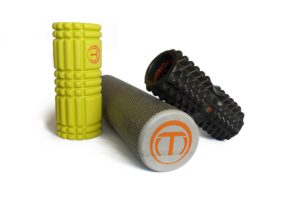
All the muscles at the back of your legs are connected to the plantar fascia via the Achilles tendon. Those muscles can cause extra strain on the plantar fascia. Therefor you should also massage the glutes (in your bum), hamstrings (back of the upper leg) and calves too. A daily foam roller muscle massage of 2 minutes per area is enough.
- Glutes: Slowly roll over the glutes while you sit a bit turned sideways on a foam roller. You can maintain the pressure on painful spots for a bit longer before moving on the rolling.
- Hamstrings: Place the foam roller under your thighs and slowly roll backwards and forwards over the whole length of the hamstrings. Hamstrings start in your bum and run down the back of your upper leg to the back of your knee.
- Calves: The calf muscles are directly attached to the plantar fascia via the Achilles tendon. Place the foam roller under your calve and slowly roll backwards and forwards over the full length of the calf muscles from the knee to the Achilles tendon. If you don’t have a foam roller, you could use a massage ball for these muscles as well. With a ball you can target specific pain spots even better. I personally prefer a foam roller.
Contrast hydrotherapy: alternating hot and ice-cold foot baths
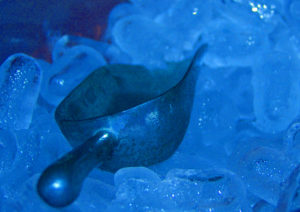
Every night before going to bed I took alternating hot and ice-cold foot baths. It definitely relaxed my plantar fascia and it decreased the pain (temporarily). Every time I changed the tubs it felt as if my plantar fascia “shrunk and relaxed”. Contrasting hydrotherapy forces the tissue to adapt to the sudden temperature changes. Basically it is a gentle tissue workout: stimulation without stress and strong sensations without active movement. This therapy may be helpful for your injured plantar fascia ligament. To practice this at home, take two buckets or tubs. Fill one with warm water (hot bath temperature) and the other with ice cubes and cold water. First immerse your injured foot into the warm water tub for about 2 minutes. Then switch to the ice-cold tub. Try to keep the injured foot in the ice water as long as you can stand it (try to keep it in for 1 minute). Alternate about 3 to 4 times and finish with the cold. Important to know is, that here is no scientific proof that contrast hydrotherapy makes a large difference in the actual healing. Cooling does calm down inflammation though and in my case it did ease the pain.
There is no quick fix for plantar fasciitis!
Unfortunately cooling and massaging alone will not be enough to recover from your plantar fasciitis. It just might reduce some pain, but the injury still needs time to heal. You can add some gentle stretching and strengthening exercises to your treatments. There are simple and effective ways to improve the flexibility and strength of your feet, calves, hamstrings, glutes, hips and other muscles and tendons that are involved. I will discuss these exercises in a separate post.

There is no such thing as a quick fix for plantar fasciitis. This injury simply needs a lot of rest. Be patient and allow enough recovery time to prevent any further damage. I had the personal experience of increasing my recovery time unnecessarily, only because I wasn’t patient enough. As soon as I thought the pain was almost gone, and walking was doable, I tried to go for a run again. This resulted in a more severe plantar fasciitis and unfortunately I developed a heel bone fracture too, which only postponed getting back to my regular running routine. Recovering from plantar fasciitis is not only a physical challenge, but also a mental game that requires discipline. Before you will be back at the running intensity that you were used to, you definitely need to follow a strict recovery plan to build up strength and flexibility again. Having to recover from an injury is no fun at all. But a step-by step procedure will lead to more fun 2 run!
I hope this article was useful to you. There are many runners who suffer from plantar fasciitis, so if you know any, please share this article with them. Thank you. If you have any remarks or questions, please feel free to to send me an e-mail at an*******@mo*********.com or leave a comment below and I will get back to you.

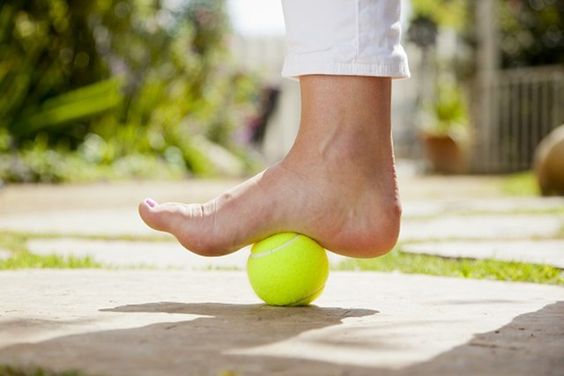

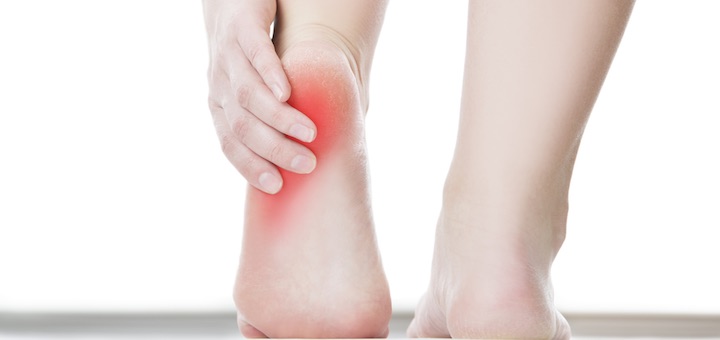

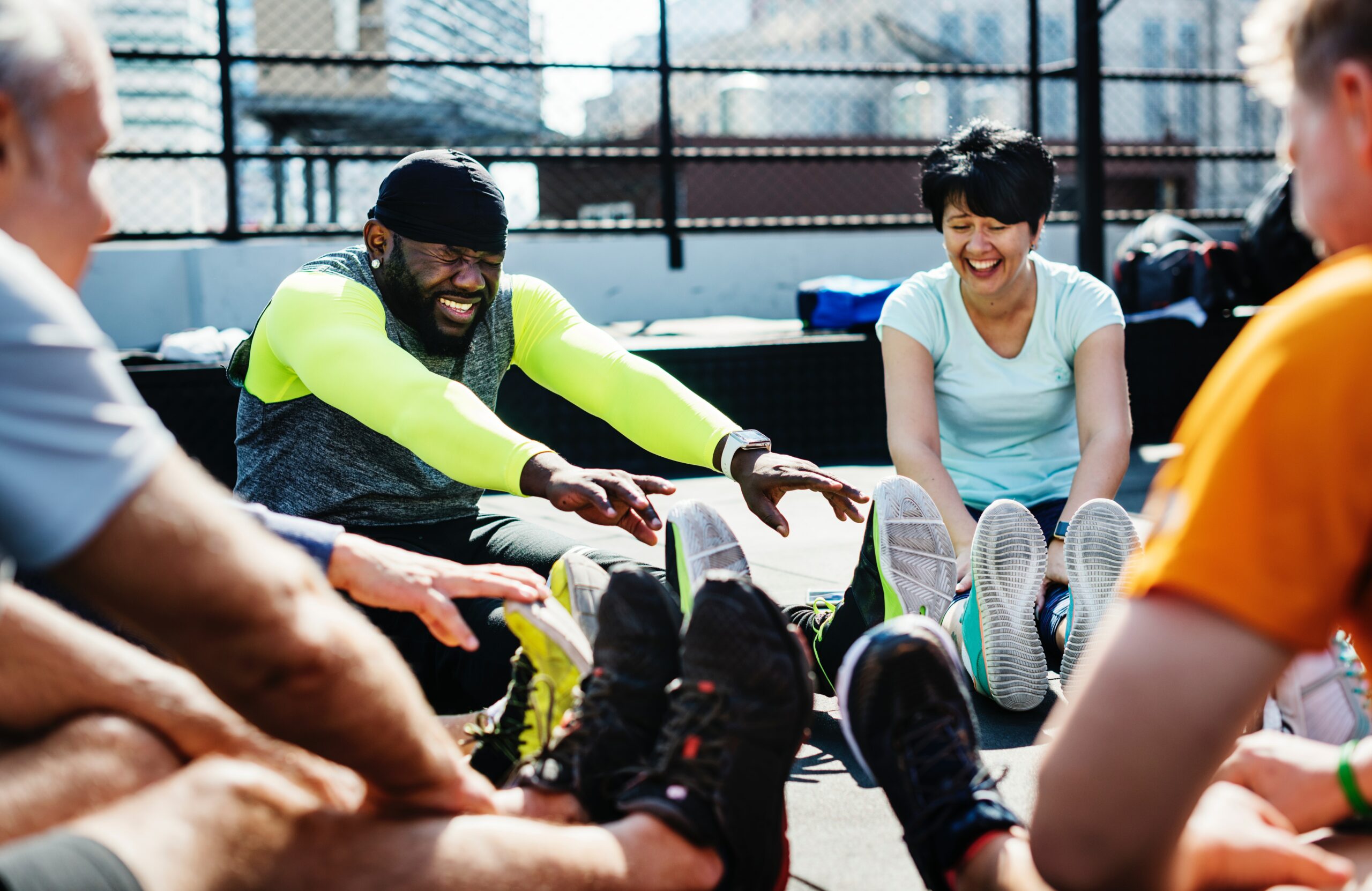
What a nice post you wrote! I really enjoyed reading it and I could not be silent about your post so I decided to leave my comment here and say Thank You! For sharing this quality post with others.
Actually this is exactly the information that I was looking for information about self massage and when I landed to your website and read this post, it answered all my questions in details.
So I’m happy that you decided to write about this topic and share it with people. It’s very useful and can definitely be used as a great source for everyone who is interested in this topic.
I will come back to your website again for sure and I’m looking forward to reading your new posts.)
Thanks!
Hi Ali, thank you for your nice comment. Are you a runner yourself and suffering from heelpain as well? If so keep an eye on my future posts, as I will share more practical information. Looking forward to seeing you on my site again!